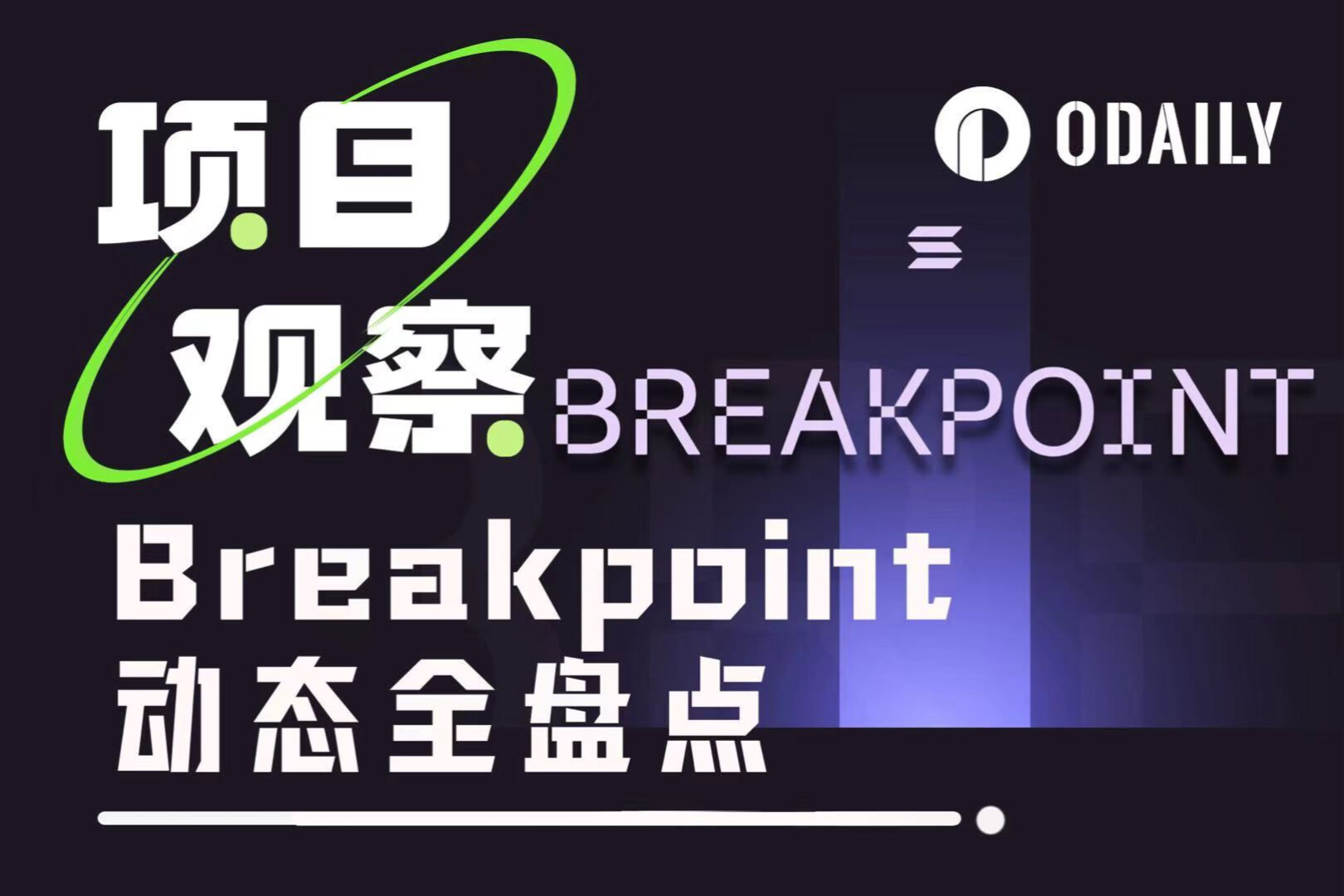a16z:详解「Can't Be Evil」新型NFT许可证书
原文作者:Miles Jennings 和 Chris Dixon,分别为 a16z crypto 总法律顾问和 a16z crypto 合伙人
原文编译:Amber,Foresight News
二十年前,新成立的知识共享组织(CC)发布了第一套免费的公共许可证书,使创作者能够向公众开放其受版权保护作品的各个方面,以进行共享、二次加工和重复使用,这一创新相比于曾经主流的「保留所有权利」的证书有了相当大的超越。今天,有超过 20 亿部 CC 许可的作品存在 —— 其中就包括 Randall Munroe 流行的 xkcd 网络漫画;用户生成的内容网站,如 Flickr;纽约大都会艺术博物馆展出的公有领域艺术品的数字图像;在线科学期刊 PLOS One;以及 Khan Academy 和维基百科等教育资源。
知识共享模式的一个关键特征是原始创作者或版权所有者授予的权限级别 —— 无论是改编、制作衍生品以及用于其他商业用途等等 —— CC0 是最宽松的,因为它基本上将版权奉献给公有领域。以前的版权许可制度对许多创作者来说过于严格,无法跟上互联网和当时新的数字技术所带来的步伐。这限制了创作者和更大的社区参与共享的「文化和知识生产」,这一运动在今天的重要性只会越来越明显。
现在,Web3 的创新正在测试传统法律框架的局限性,是时候建立一套专门为不可替代的代币或 NFT 设计的新的许可证书了。例如,最近一波 CC0(无权利保留)NFT 项目凸显了 Creative Common 最宽松的协议的价值,但著名的创作者们(包括实现破圈的图形艺术家 Beeple)多年来一直使用着特定形式的 CC 许可证书,而其他 NFT 项目则选择了不同的定制条款。除此以外,还有许多 NFT 项目完全省略了许可证书,或者是撰写了一些可能会产生更多歧义而非能够有效解决的不标准的许可证书。而这也导致围绕 NFT 许可证书的混乱现状滋生出了许多版权漏洞和相应的法律问题。
为了帮助解决这些问题,我们(a16z)发布了一套免费的、公开的「Can't Be Evil」许可证书,这些许可证书专为 NFT 设计,并受到知识共享工作的启发。这些许可证书可供社区免费使用,并服务于三个目标:
帮助 NFT 创建者保护(或发布)他们的知识产权(IP)权利;
授予 NFT 持有人不可撤销,可执行且易于理解的权利基线;
帮助创作者、持有人及其社区释放其项目的创造和经济潜力,同时清楚地了解他们可以在其中开展工作的知识产权框架。
由于大多数早期项目无法获得法律资源,我们与 Web3 领域一些最重要的知识产权律师合作,设计了六种广泛适用的 NFT 许可证书,并使其可供所有人使用。
针对 NFT 特定许可证书的案例
许多人购买 NFT 是为了拥有头像,艺术品或任何其他创意作品 —— 但现实是他们通常无法确定他们得到了什么。当您今天购买 NFT 时,您通常会购买一个 tokenID(存储在区块链上),以及「指向」或引用其他内容文件的元数据(通常存储在链下,尽管有完全链上艺术品的示例)。在绝大多数情况下,这一事实导致对 NFT 买家权利的混淆。
美国版权法不会自动授予艺术品(包括传统作品和数字作品)的购买者复制、改编甚至公开展示艺术品的权利。如果没有 NFT 创作者的版权许可或转让,买方不能行使版权下的任何权利(例如复制,改编和公开展示),除非通过版权豁免,例如「合理使用」,不过这些豁免权是狭义且不确定的。
许可证书允许创作者授予持有者额外的权利,但迄今为止,许可证书在各个项目中的应用并不一致。许多项目在没有许可证书的情况下启动,或者使用自定义许可证书,这些许可证书会产生比解决更多的歧义。许可证书(以及法律允许买家使用其 NFT 进行哪些操作的其他文档)通常保留在链下,在那里它们可以在持有者不知情的情况下被擅自篡改。
众所周知,版权很难转让,这些问题变得更加复杂。即使是精明的买家也无法检查无限的权利,也不知道前任买家可能已经放弃了哪些权利。
理想情况下,应在区块链上跟踪和执行标准化的 NFT 特定许可证书,以便为用户提供更多的确定性。更好的许可框架有可能使高质量的许可更容易获得,消除所有权方面的模糊性,并为创作者节省一些创建自己的许可制度的负担(和费用)。
将「不能作恶」原则应用于 NFT 许可证书
「Can't Be Evil」是 Web3 中的一个指导原则,源于一种新的计算范式:区块链是可以做出坚定承诺的计算机,不受人们的控制。换句话说,区块链实现了新的「无信任」版本的互联网,用户不需要相互信任或依赖集中式服务和公司进行交易。
相反,像加密证明这样的内置机制在参与者之间分配信任,系统规则被嵌入到代码中(并由代码强制执行)。因此,没有一个人可以为了自己的利益而操纵这些系统,或者用道德判断来影响它们。因此,与其相信人们或公司不是邪恶的,不如通过代码确保他们「不能作恶」。
「Can't Be Evil」许可证书通过透明地编纂 NFT 创建者,买方和卖方的权利,将这一原则扩展到 NFT,以便各方对与 NFT 所有权相关的权利有共同的理解。目前许多 NFT 持有者必须信任创作者和以前的所有者对其 NFT 做出「不作恶」的承诺,而使用「Can't Be Evil」许可证书的项目可以使 NFT 生态系统更加无信任,为持有者提供标准现实世界权利的最低基线,从而协调现实世界的所有权与链上所有权。
考虑到这一点,我们开发了具有一些定义属性的许可证书:
清晰易懂
「Can't Be Evil」许可明确概述了买方对其 NFT 艺术品的权利,包括这些权利是否具有排他性(只有买方可以选择如何使用他们的 NFT 艺术品,创作者放弃所有许可权利);它们是否包括商业权利(允许买方将其 NFT 用于商业目的的权利);以及他们是否允许买家修改,改编和创建他们购买的艺术品的衍生品(例如更改艺术品的外观或在不同的环境中使用它)。
广泛适用
就像在传统的创意和开源许可中一样,有许多开源许可模式可供选择,我们知道并非所有创作者都希望对其 NFT 采用相同形式的许可。我们通过开发六个选项为尽可能多的创作者设计了「Can't Be Evil」许可证书,每个选项都授予不同程度的权限集。

我们还认识到,尽管有这些选择,但这些许可证书并不适合每个项目,并且随着快速创新不知疲倦地将市场推向新的方向,项目的许可需求将发生变化。我们希望这套产品是培养无信任的 NFT 许可生态系统的起点,并鼓励随着空间的增长而实现更大的标准化。
所有六个许可证书都可以在 a16z 的 GitHub 上找到,我们提供的法律相关指南为潜在的修改提供了许多额外的注意事项。为此,我们还将许可证书本身置于 CC0 协议之下(从而将版权奉献给公有领域),以便社区能够以最大的自由度使用,分叉,迭代和改进许可证书。
创作者不可撤销
许可证书使它们提供的权利不可撤销,旨在防止创作者将来将许可证书换成限制性更强的许可证书(除了一些必要的例外),从而可能误导买家。例如,创作者可以选择的一个选项要求,如果买方违反许可或在仇恨言论中使用 NFT 艺术品,则终止许可。
尊重修改和改编
许可证书对修改和改编采取了宽容的方法,以鼓励社区对 NFT 项目进行二创,并阻止社区内的冲突。例如,当一个系列拥有数以万计的买家时,他们中的一些人可能希望以类似的方式使用他们的 NFT,无论是制作带有品牌形象的苏打水或棒球帽,还是用作任何其他商业活动等等。在适用的情况下,许可证书旨在保护整个系列的所有者的权利,以修改和调整其 NFT 以进行此类努力,而不会增加社区之间潜在争议的风险。
支持透明的许可权拆分
同样,一旦有人出售他们的 NFT,许可证书规定卖方的许可证书(以及卖方可能授予的任何再许可证书)将被终止,这意味着完整的「Can't Be Evil」许可权利将传递给新的所有者,没有任何产权负担。这对于保护潜在买家在不知不觉中购买具有可能限制买家权利的现有拆分许可权的 NFT 至关重要。
虽然这在一定程度上限制了持有人授予永久再许可的能力,但它仅在持有人出售其 NFT 的范围内这样做。他们已经创建的任何衍生品都可以继续使用,如果它们不包括原始艺术品中的受版权保护的材料。最终,一旦透明和链上再许可制度被广泛采用,就有可能在没有自动终止的情况下进行更开放和宽松的再许可,因为 NFT 购买者将能够看到链上的这些拆分许可证书,并将它们纳入他们购买 NFT 的决策流程中。
尊重第三方内容
当一位艺术家使用另一位艺术家的作品创作新艺术品时,他们可能会给买家带来一些额外的法律风险,特别是如果合作条款没有明确规定。创作者可以通过额外的规则和条款来补充「Can't Be Evil」许可证书,以降低买家的风险,同时使创作者能够更好地进行合作。
这些许可证书还旨在让创作者(而不是买家)在未经许可的情况下使用第三方材料(例如,如果艺术家在未经收藏创作者许可的情况下添加到有限的头像集合中)承担责任。因此,使用这些许可证书等同于创作者做出了坚定承诺,即他们没有在其 NFT 中加入盗用的元素。
在丢失的情况下声明许可所有权
这些许可证书旨在解决当丢失或被盗的 NFT 落入坏人之手时产生的一些不确定性,包括即便他们不再持有被盗的 NFT,实际所有权并不会转移到盗窃者手中。「Can't Be Evil」许可证书旨在通过确保许可权利不会传递给任何非法获取 NFT 的人来最大限度地降低 NFT 持有人被盗窃后的损失。
上链
我们将许可证书部署到 Arweave(确保它们以公共,永久和不可变的方式存储),然后将每个许可证书合并到任何新的 NFT 项目都可以继承的智能合约中。因此,项目可以轻松地将对其首选的「Can't Be Evil」许可证书的不可变引用直接添加到其链上的智能合约中。
我们的 CantBeEvil.sol 合约在项目的智能合约中公开了 getLicenseURI()和 getLicenseName()函数,当被调用时,允许任何人查看适用于 NFT 的许可证书。

通过在链上和元数据中引用许可证书,市场可能会提取给定 NFT 的许可证书类型并将其显示在 NFT 的列表中。这可以帮助买家了解他们有兴趣购买的 NFT 相关权利,并加强许可证书的法律可执行性。
通过使许可证书易于(在免费的情况下)进行整合,我们希望使高质量许可证书的接入和访问更加普及,并希望以此推动整个 Web3 行业实现进一步标准化。这一证书更多的采用可以为创作者、消费者以及整个 NFT 生态系统带来令人难以置信的好处。
可以想象一个场景,在未来,平台会自动识别与项目相关的许可权。当新 NFT 项目的创作者将现有项目中的艺术品纳入其中时,新 NFT 的销售可能会自动向原始创作者和当前 NFT 持有者支付版税。这些好处可以激发创作者,并且能够为我们带来更多拥有完整许可权的 NFT 作品,从而有助于建立一个更公正,更高效,最终更具创造性的 NFT 生态系统。



